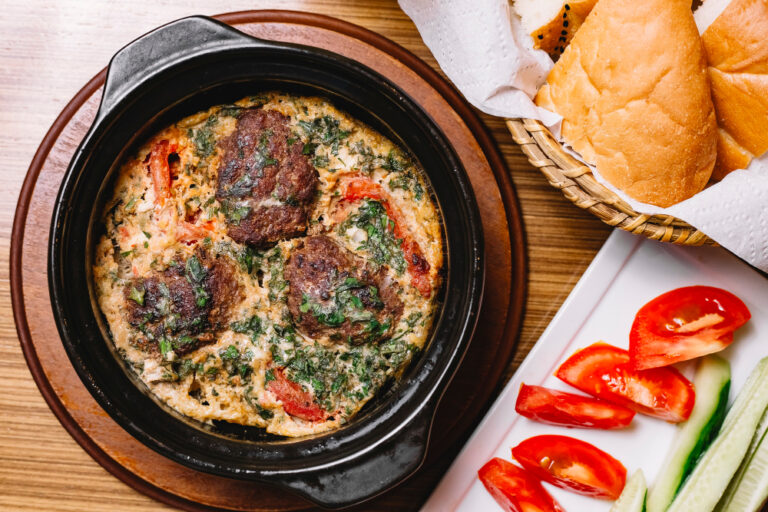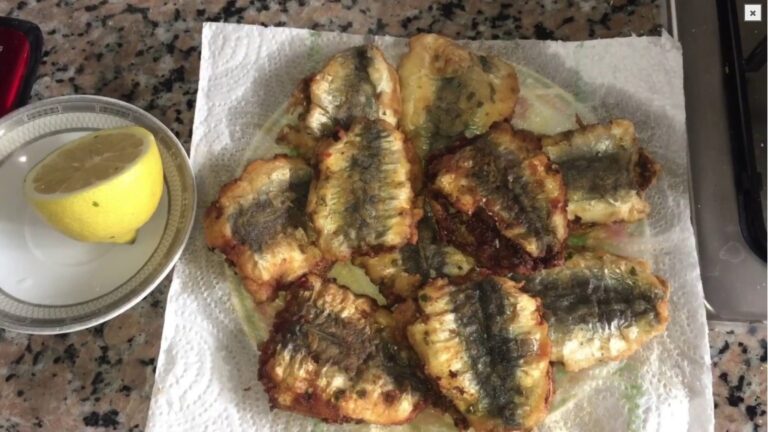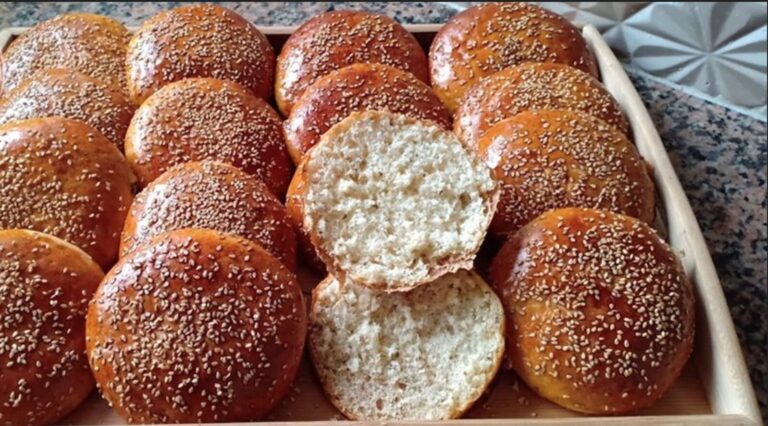

When the Moroccan winter sets in, the air turns crisp and the mornings grow chilly, locals turn to a dish that has warmed hearts for generations: Moroccan Bisara: A Bowl of Winter Warmth. This simple yet deeply satisfying fava bean soup is more than just a meal—it’s a cultural tradition, a comfort food, and a symbol of togetherness.
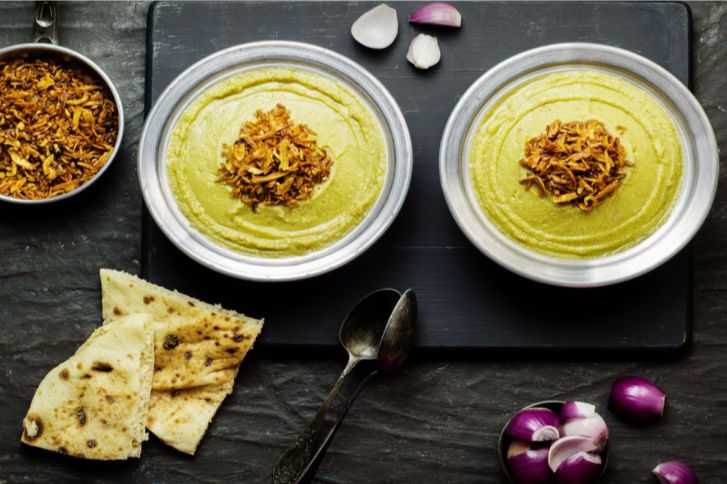
Whether served in bustling medina cafés, enjoyed at a roadside stall, or lovingly prepared at home, bisara embodies the Moroccan spirit of hospitality and community. In this article, we’ll dive into the story of bisara, explore where to enjoy it across Morocco, and learn why it holds such a special place in the country’s culinary heritage.
Overview: What is Moroccan Bisara?
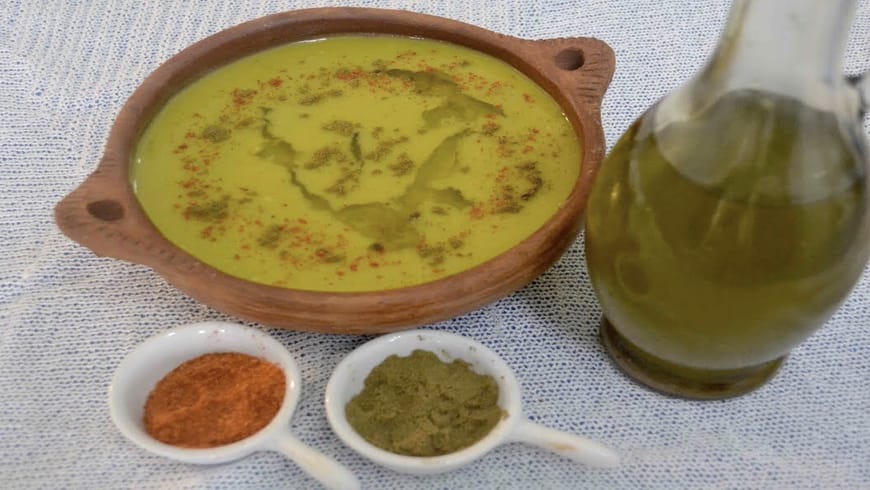
Bisara (sometimes spelled bessara) is a creamy soup or porridge traditionally made with dried fava beans or split peas, olive oil, garlic, and spices like cumin and paprika. It is typically topped with a generous drizzle of olive oil and served with crusty Moroccan bread, perfect for dipping.
This dish has humble roots. Originally considered a staple of rural communities and working-class families, bisara has become a winter favorite across the country. Its affordability, nutrition, and warmth have made it an essential part of Moroccan cuisine.
– Learn more about Morocco’s food heritage on Wikipedia: Moroccan cuisine.
Must-See Attractions and Experiences with Bisara
1. Street-Side Cafés in Fez and Marrakech

In cities like Fez and Marrakech, bisara is a common breakfast during winter months. Small cafés serve steaming bowls early in the morning, often to workers heading to the souk or travelers starting their day. It’s an authentic way to experience local life while savoring Moroccan flavors.
2. The Souks and Markets

In many Moroccan towns, including Chefchaouen and Taza, bisara vendors set up shop in the market. Here, you’ll see locals gathered around steaming pots, ladling the thick soup into bowls. Pair it with freshly baked khobz, and you’ll understand why it’s a national comfort food.
3. Atlas Mountains Villages
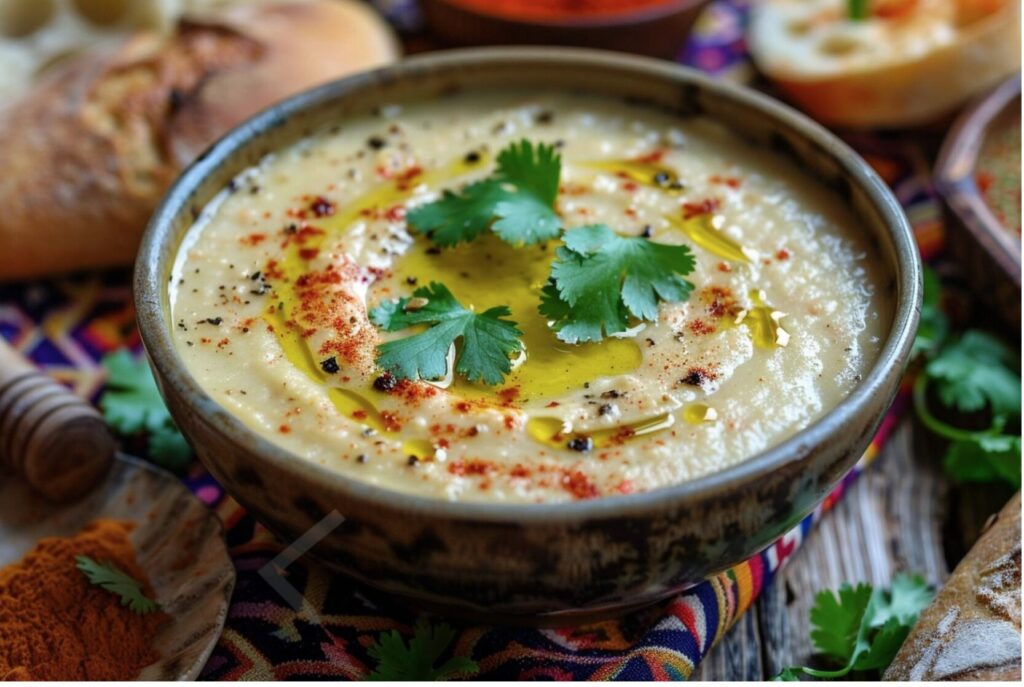
High in the Atlas Mountains, where winter can bring snow and biting cold, bisara is more than a dish—it’s survival fuel. Travelers who trek through the mountains often find bisara offered in small mountain lodges or guesthouses, making it a memorable and warming experience.
4. Coastal Cities in Winter
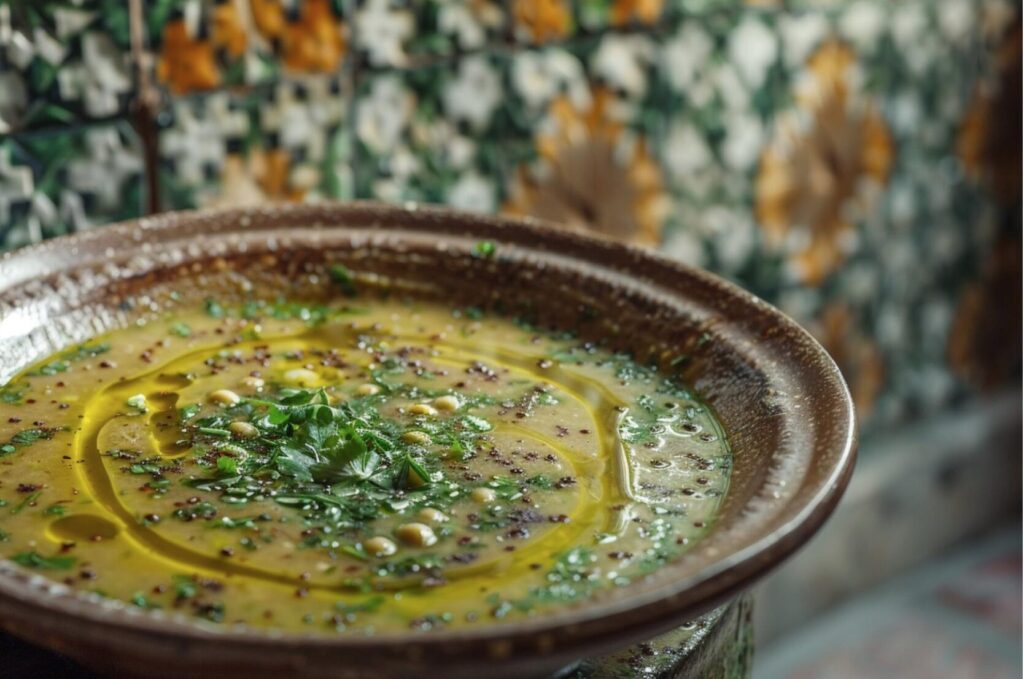
Even in seaside cities like Tangier or Essaouira, where winds can be harsh in winter, bisara is served in small restaurants. Enjoying it with a view of the ocean makes the experience even more special.
-Learn about Moroccan cities and regions at Wikipedia: Cities of Morocco.
Travel Tips and Cultural Insights
When to Eat Bisara
Bisara is mainly a winter dish, enjoyed for breakfast or lunch. Early mornings in Moroccan towns often begin with bowls of bisara accompanied by tea and bread.
How to Order Like a Local
In Moroccan cafés, simply ask for “bisara” in Arabic (بصارة). You’ll typically receive a clay bowl topped with olive oil, cumin, and chili powder, served with bread for dipping.
Health Benefits
Not only is bisara delicious, but it’s also packed with protein, fiber, and nutrients from fava beans. It’s an ideal vegetarian and vegan-friendly dish, offering warmth and energy during cold months.
Cultural Significance
Bisara is often linked to modesty and community. It’s a dish that unites people, whether in a busy souk or a family kitchen. Sharing bisara symbolizes warmth, generosity, and tradition in Moroccan culture.
Traveler Stories: Bisara Memories
- Anna from Spain shared that her fondest memory of Morocco wasn’t a palace or a souk, but enjoying a hot bowl of bisara in Chefchaouen on a foggy morning. She recalled the flavors as “simple, earthy, and unforgettable.”
- David from the UK remembered a trek in the Atlas Mountains where villagers welcomed him with bisara. After a long, cold day, the thick soup and warm bread felt like “the best meal of my life.”
- Leila from Canada, who visited her grandparents in Morocco, spoke of bisara as the taste of her childhood. For her, it was “a hug in a bowl” that connected her to her heritage.
These stories show how bisara isn’t just food—it’s an experience that stays with travelers.
Future Travel Recommendations & Seasonal Insights
With the growing popularity of culinary tourism, bisara is finding its way into Moroccan cooking classes, food tours, and even upscale restaurants. Travelers are increasingly interested in authentic food experiences, and bisara is perfectly positioned as a cultural symbol.
- Winter (Dec–Feb): The best season for bisara, widely available in cafés and markets.
- Spring (Mar–Apr): Still common in cooler regions like the Atlas Mountains.
- Summer (Jun–Aug): Rare, as the heat makes lighter meals preferable.
- Autumn (Sep–Nov): Slowly reappears as temperatures drop.
In the future, don’t be surprised if bisara becomes a highlight of Moroccan winter travel itineraries.
FAQ about Moroccan Bisara
What is Moroccan bisara made of?
It’s made from dried fava beans or split peas, garlic, olive oil, and spices like cumin and paprika.
Is bisara vegetarian or vegan?
Yes! Bisara is naturally vegetarian and often vegan, making it a popular choice for plant-based travelers.
Where can I eat bisara in Morocco?
You can find bisara in street cafés, markets, and sometimes in traditional restaurants, especially during winter.
How much does bisara cost?
A bowl typically costs between 5–10 Moroccan dirhams (about $0.50–$1), making it one of the most affordable meals in Morocco.
Why is bisara linked to winter?
Its hearty, warming nature makes it perfect for cold mornings and chilly days, especially in mountain and desert regions.
Conclusion
Moroccan Bisara: A Bowl of Winter Warmth is more than just a traditional soup—it’s a cultural treasure. Simple, nourishing, and affordable, bisara represents Moroccan hospitality, resilience, and community spirit.
For travelers exploring Morocco in winter, tasting bisara is as essential as visiting historic sites or wandering through colorful souks. It’s a dish that connects you to the people, the land, and the traditions of Morocco.
So when planning your Moroccan adventure, don’t just see the sights—taste the warmth. Order a bowl of bisara, dip your bread, and savor a flavor that has stood the test of time.

